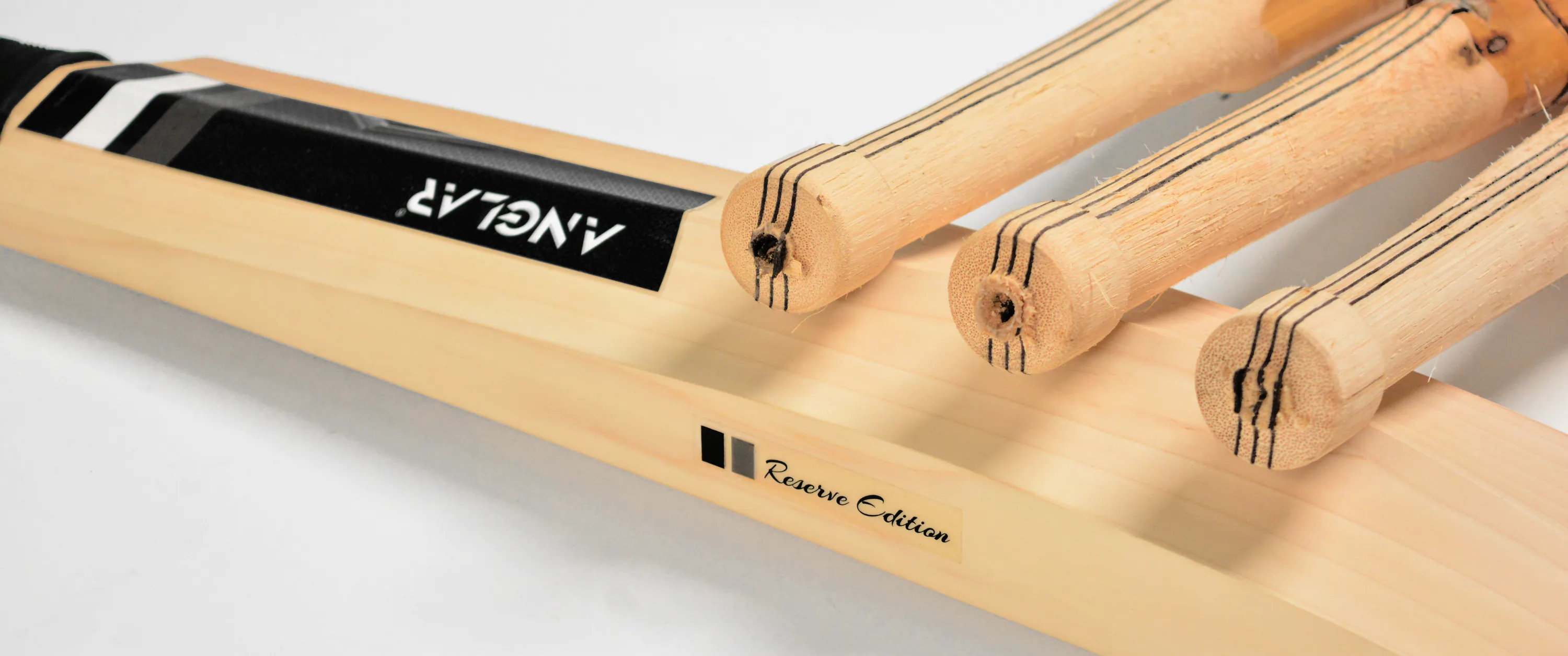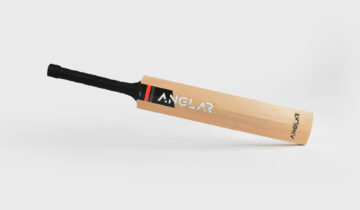Any cricket bat is more than just a piece of playing equipment. It can help you advance your profession, improve your performance, and keep your passion for the sport alive. Making the best bat ideal for the player takes a lot of effort and knowledge. The same principle applies to selecting the right Players Grade English Willow for your game by considering your playing style, strength, career stage, and other factors when preparing.
This cricket bat selection guide will answer your questions about selecting the best bat for your game.
- Price of the equipment: Your choice of cricket bats will be limited when you consider the vast array of bats that all manufacturers worldwide are showcasing. Your budget is the essential deciding factor in this process. Even though it should not be the only determining element, it is undoubtedly an important factor.
- Bat’s Shape: Regarding the size of the blade, the length of the handle, the sweet spot, edges, profile, and toe shape bats come in various shapes. Depending on their hitting style, these factors are essential to multiple players in different ways. For instance, if you are a front foot player, you should choose a bat with a sweet spot in the mid-to-low range. Similarly, a mid-to-high sweet spot makes sense for a rear-foot playing style.
- Bat’s pickup: Although it is generally accepted that bats with an extensive profile are fantastic at allowing players to hit the ball farther and faster, they are challenging to swing. Unlike everyone who enjoys a comprehensive profile, only some hitters can successfully play heavyweights. Your physical characteristics, such as height and strength, can only assist you in choosing the ideal bat for the job. Therefore, it is evident that no one can advise you which bat will have a good pickup for you, but you must ask yourself, “What feels right for me?”
- Weight of bat: The bat’s weight, which is directly related to the pickup, must be considered when determining what constitutes a decent cricket bat. People frequently associate heavy bats with extensive profiles and good pickup, which can lead them to purchase a bat that does not match their abilities to utilise it more successfully due to physical limitations or shorter stature. A lighter bat is easier to wield because it needs less strength and has faster swing speeds than a heavier one, which is more durable and has more impact in hitting. Knowing your literal and figurative strength profile will help you choose a bat that is neither too heavy nor too light and will ultimately help you time the ball properly to score more runs.
Type of Willow used for manufacturing
The wide range of bats, which come in diverse sizes and forms, is covered mainly by the Willow grade difference. Willow relates to the bat’s cleft (the wood), and Grade informs us of the aperture’s maturity or age. What is the best willow for cricket bats, once more? Developed as a result of the two key willows used in the production of cricket bats, which determine the quality of the cricket bats. They are Kashmir willow and English willow. English willow is superior to Kashmir willow in terms of toughness and dependability and is more expensive, aside from their differences in origin. When we talk of grading, there are Grades 1 through 5 for English Willow, which reveal more about the calibre of the cricket bat. While Grade 4 or Grade 5 have 3-4 straight grains with more imperfections, Grade 1 has 6-8 straight grains (lines on the blade suggesting years of the tree). Choosing the best bat for you only makes sense if you consider your commitment to the sport, spending limit, and skill set. Fewer grain bats might take time to reach their peak performance, but they still do perform. The more grains, the more power the bat has to provide right away.
Suitable size
Matching the bat size to your height is crucial in cricket. There are harrow, short handle, and long handle variations and also sizes ranging from 0 to 6. You can quickly find the height-size chart and choose the size that fits you best.
The batting style
Each player has a unique way of hitting the ball, distinguishing their batting technique from the other players and affecting how the sweet spot must be placed. Despite having a preferred batting technique, a player must be able to play all types of balls on all pitches, whether drivers, attackers, back footers, or front footers, depending on the situation. As a result, we may conclude that no one bat can satisfy all of a blade’s sweet spots and that the ideal bat is the one that feels right to you.
Bat’s handle
Last but not least, the handle type must be considered when evaluating your ability to manage your bat, swings, and game. The ball’s shock and impact are absorbed when you make initial contact with your bat. An oval or a round handle must be chosen as a trade-off. Although oval handles are praised for their durability and improved directional control, some people may find the grip uncomfortable. At the same time, players who flick their wrists favour the circular handles because they provide the firm grip needed for power hitters.
Stroke
A keen batsman always follows the performance of the bat. If the bat cannot talk for itself, then its of no use. Stroke of the bat is the ultimate thing a batter looks for. Bats with good ping increase your chances of clearing the boundary.
To put yourself in a favourable position, the list mentioned above will be helpful to you in helping you choose the right bat. Buy Reserve Edition English Willow. We at ANGLAR understand your game’s requirements, playing style, budget, and expectations from your bat.












